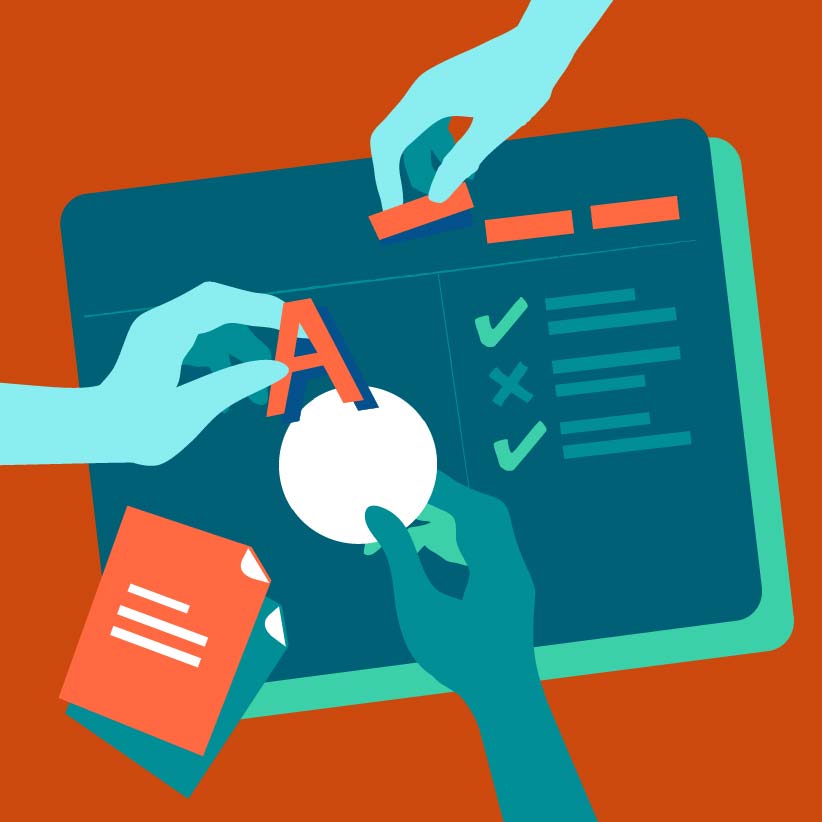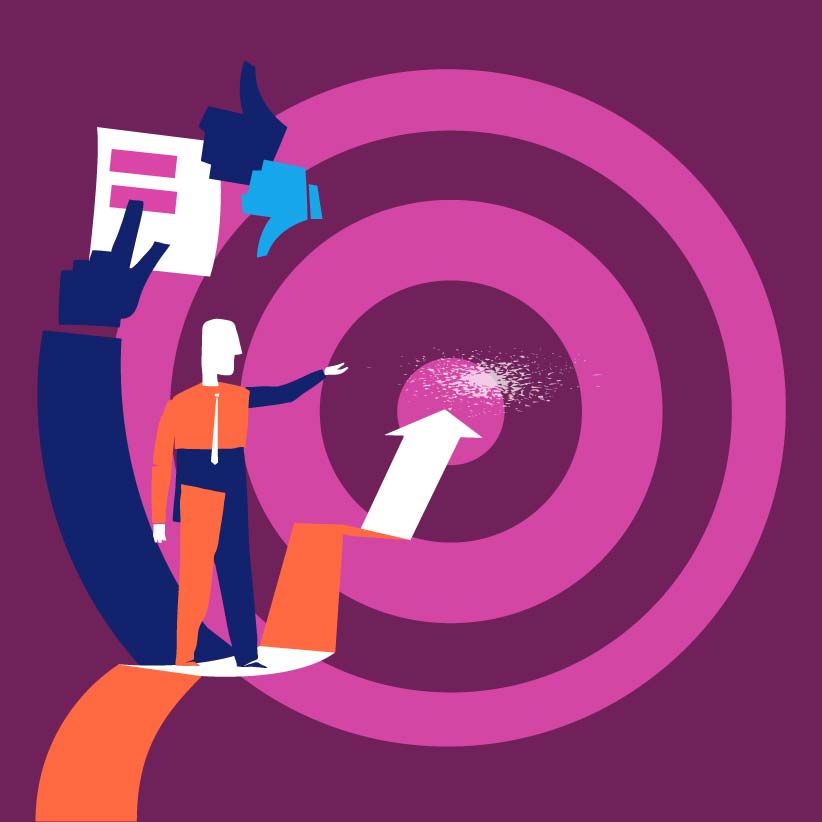Made in Spain, a Reality
We let qualified professional to leave and we reduce our manufacturing autonomy. And that obviously affects local industrial designers and weakens the companies’ room for manoeuvre.
Aporte Destacado
- Comments:
- 0
- Votes:
- 2
- ES
Within a week, three industrial designers settled in valencian companies have packed their bags and left to China to work because they couldn’t find projects or companies interested on their designs in Spain. The news is discouraging. They were all young but with a long experience, career and qualification, they had the support of enterprising programs and they had received funding for R&D projects. All of them have left.
Some may blame the economic crisis. Others may consider that their designs did not fit the market needs. There may even be someone who assumes they did not know how to consolidate their business calculation. It is a matter of statistics, some get stuck on the way, specially during recession.
Another way of seeing things is that manufacturing outsourcing to other countries, like China or India, makes it necessary the exportation of qualified technicians who control, supervise and manage the production process in situ. Or, which is to say, we let qualified professional to leave and we reduce our manufacturing autonomy. And that, obviously, affects local industrial designers and weakens the companies’ room for manoeuvre, which only look at the annual balance sheet and not at the market’s future.
Once we have outlined the grey outlook that originates these lines, let us encourage you.
A product or piece of furniture can be designed, manufactured and sold in Spain. It can be exported all around the world and it can be done with a 100% national creative and manufacturing process, or in this case, entirely developed in the Comunidad Valenciana, with no need to outsource manufacturing or import materials or creativity. There are many similar cases to learn from.
About a year ago, an enterprising woman received a price for creating a signalling system to improve children’s safety in urban areas. It was, mainly, a not very developed but brilliant idea. It needed design, guarantee providers and a big manufacturing and distribution plan. Even though she had external offers, she decided to develop her product personally and to rely on professionals residing in her country. The product is already on the market. It is supported by important private institutions linked to road safety, it will be distributed in the Iberian Peninsula through El Corte Inglés and it is already present in the European marker: Germany, UK, Holland and Scandinavia.
One of the most valued things of the project is that it is 100% Spanish, or European, if you prefer so. Another strength is that, when conceived, values of security and, at the same time, education have been added to its main objective.
This is how the intervention of a Valencian industrial designer, specialized in eco-projects, reshaped the initial approach in order to make this product with a recyclable material suitable for children—foamy—, a packaging made with corrugated cardboard—also recycled—, printed using ecologic ink and with an ergonomic, formal an chromatic input to improve its functionalism.
The raw material came from Alicante and the packaging from Castellón. The assembly was carried out by Special Employment Centres from Valencia. Finally, the product was tested in an event for children in IFEMA and it was officially launched in another national event, this time in Feria Valencia, at the end of January. It is true that outsourcing production to other countries could have reduced manufacturing costs, but control and quality of the final product would have also diminished. We would have lost the “Made in Spain” hallmark. And, even more importantly, the economic return of the product to the local –or national- economy would have been non-existent.
A return that, in addition to the success of a brand or the hiring of local suppliers, is measured by taxes, like VAT or income tax, that return to the Treasury, and the work it will generate, or in other words, the unemployment benefits it will save. Just one product has this effect. Can you imagine what we could achieve if we manufactured Spanish furniture and lighting in Spain?
We would stimulate the local economy, we would not loose qualified professionals, we would reinforce our hallmark “Made in Spain”, and, most importantly, we would help our country to regain its place in the international market. All these will also imply that we would also personally benefit from it with improvements in the welfare state and quality of life. Some may think these concepts are intangible, but they do affect the sales.
Impulsa tu carrera
No te quedes solo con la lectura. Descubre nuestros programas de actualización y especialización para llevar tu perfil profesional al siguiente nivel.
Ver Oferta AcadémicaComparte
Por favor, valora el trabajo editorial utilizando estos enlaces en lugar de reproducir este contenido en otro sitio.

Topics covered in this article
What do you think?
Your perspective is valuable. Share your opinion with the community in the discussion.
Comment now!


